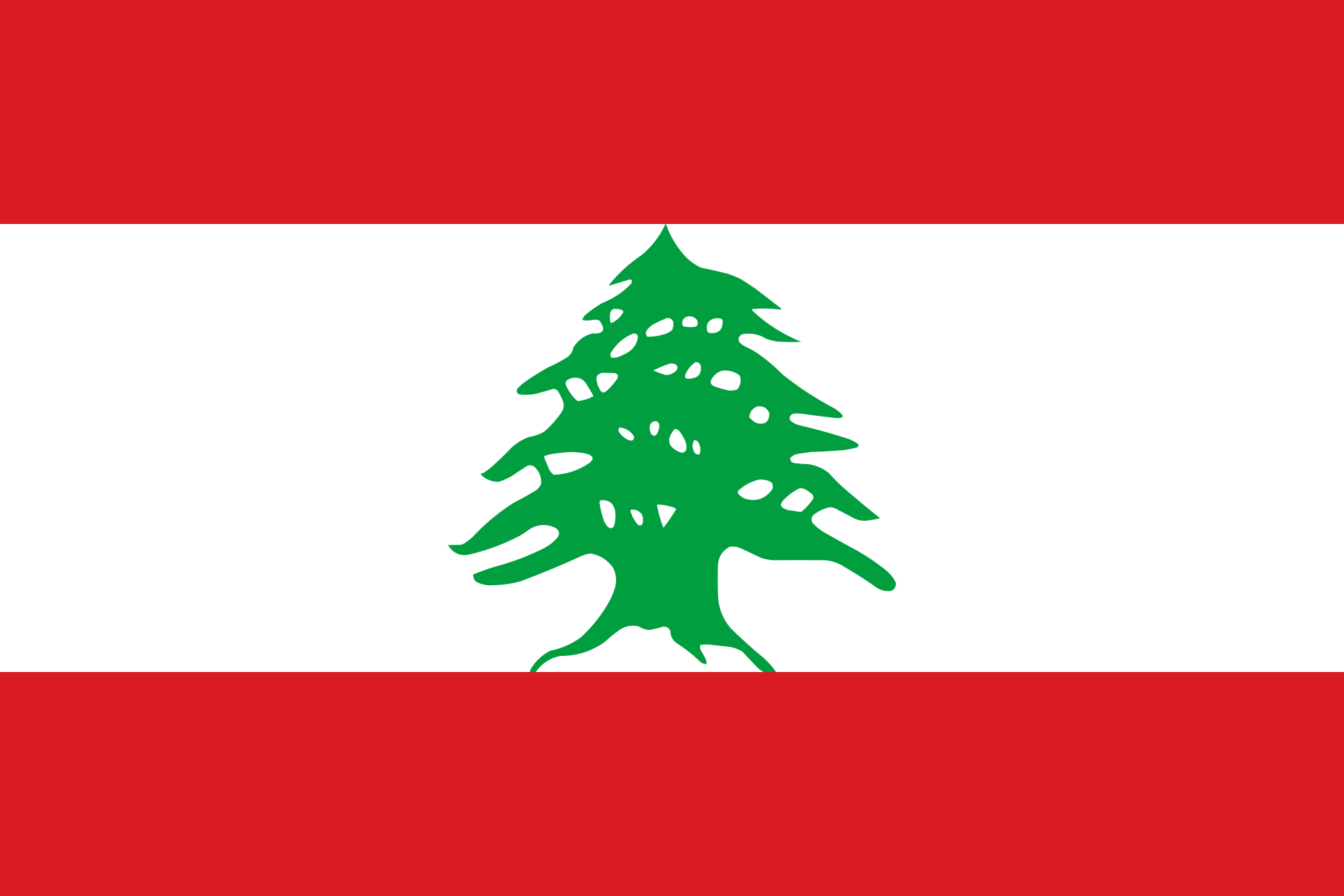Your cart is currently empty!

Vexillolinguistics of the Flag of Lebanon
Introduction to Vexillolinguistics: The Flag of Lebanon
Flags are more than symbols; they encapsulate a nation’s history, identity, and aspirations. Among these, the flag of Lebanon stands out not only for its striking design but also for its unique status enshrined within the country’s constitution. This article explores the fascinating field of Vexillolinguistics—the study of the language of flag design—and delves into how Lebanon’s flag design reflects its cultural pride and national unity, as officially described in its constitution:
Flag of Lebanon
“The Lebanese flag shall be composed of three horizontal stripes, a white stripe between two red ones. The width of the white stripe shall be equal to that of both red stripes. In the center of and occupying one-third of the white stripe is a green cedar tree with its top touching the upper red strip and its base touching the lower red stripe”

Symbolism and Meaning
The flag of Lebanon is a powerful emblem steeped in symbolism that resonates deeply with its people. Its design features three horizontal stripes—a wide central white stripe flanked by two red stripes of equal width.
At the heart of the white stripe lies a prominent green cedar tree, an ancient symbol of resilience, longevity, and national pride.
The red stripes symbolize the blood shed by those who fought for Lebanon’s independence and sovereignty.
The cedar tree, historically significant and revered since antiquity, reflects Lebanon’s enduring strength, unity, and hope for the future.
Together, these elements embody the spirit of the Lebanese people and their unwavering commitment to freedom, peace, and prosperity.


Comments
One response to “Vexillolinguistics of the Flag of Lebanon”
[…] Flag of Lebanon, adorned with its iconic green Cedar tree against a white background, flanked by two red bars, is a […]
Leave a Reply